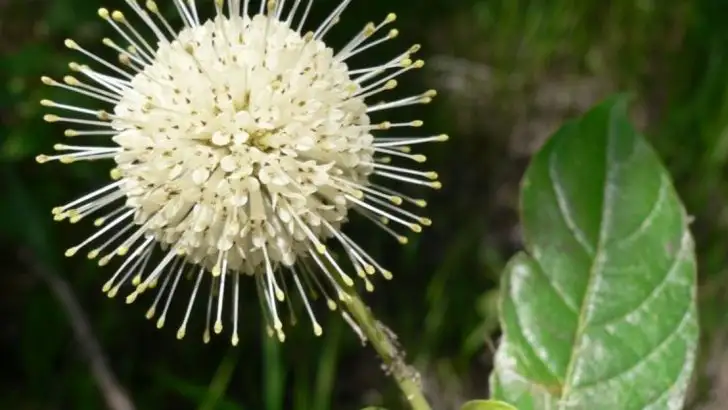Gardening in unpredictable climates can be a real challenge, but choosing resilient native plants makes it much easier. Some native species are remarkably adaptable, thriving through both drought and flood conditions without missing a beat.
In this article, we introduce 13 native plants that are tough enough to handle extreme weather swings. These hardy plants offer beauty, biodiversity, and low-maintenance care, making them perfect for gardens facing both dry spells and sudden heavy rains.
Build a stronger, more weather-resistant garden with these naturally adaptable favorites!
Purple Coneflower
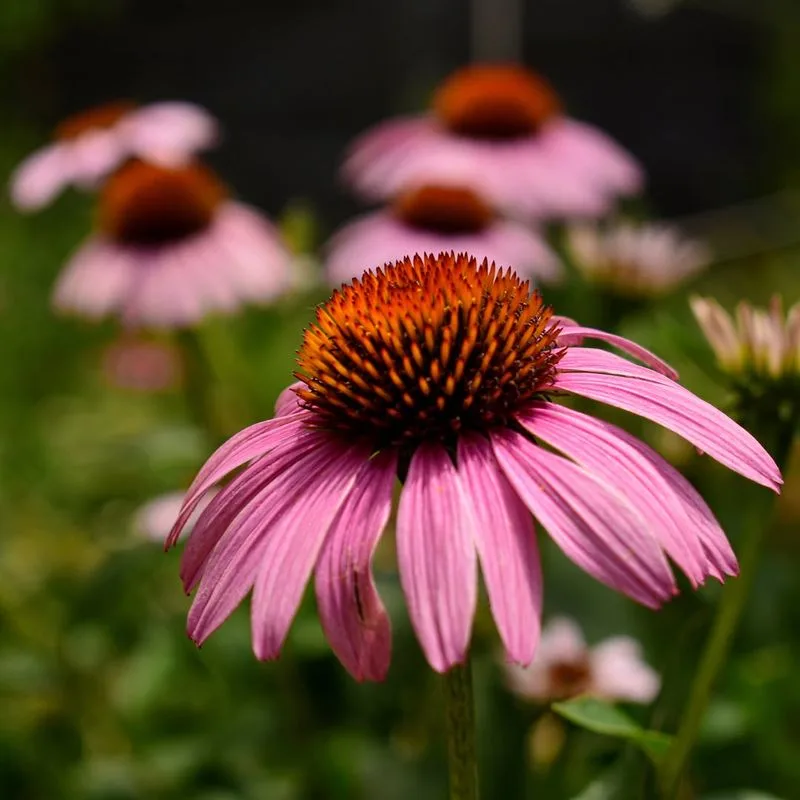
Admired for its striking purple petals, the purple coneflower stands as a resilient icon of beauty. Adaptability defines this flower, with roots deep enough to brave both drought and deluge. Gardeners appreciate its ability to thrive in various soil conditions. Bees and butterflies find it irresistible, adding lively visitors to your garden. Its medicinal properties, cherished for centuries, offer an added layer of appeal. With origins tracing back to North America, this flower carries a piece of history in every bloom.
Switchgrass
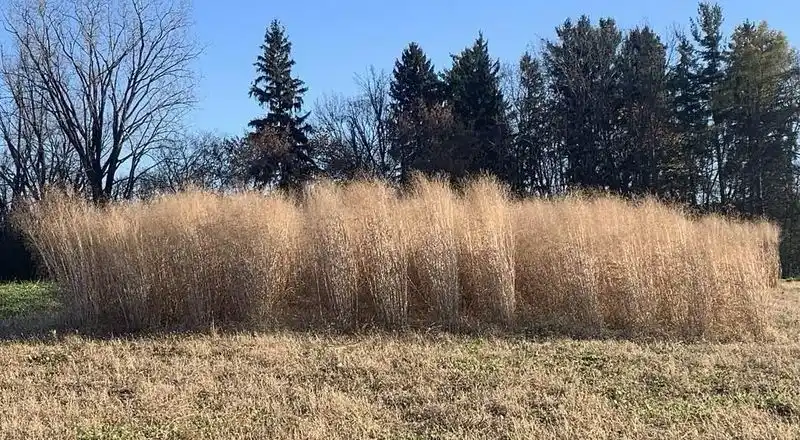
Switchgrass, a native prairie grass, showcases an elegance that’s hard to ignore. Its tall, slender stems create a gentle rustling sound with the slightest breeze. This grass is renowned for its ability to endure both dry spells and waterlogged soil, making it a favorite among landscapers seeking erosion control. Besides its practical benefits, switchgrass offers a stunning visual, dancing gracefully in the wind. Originally part of the North American prairies, it now finds its place in gardens around the world, valued for its sustainability.
Black-eyed Susan
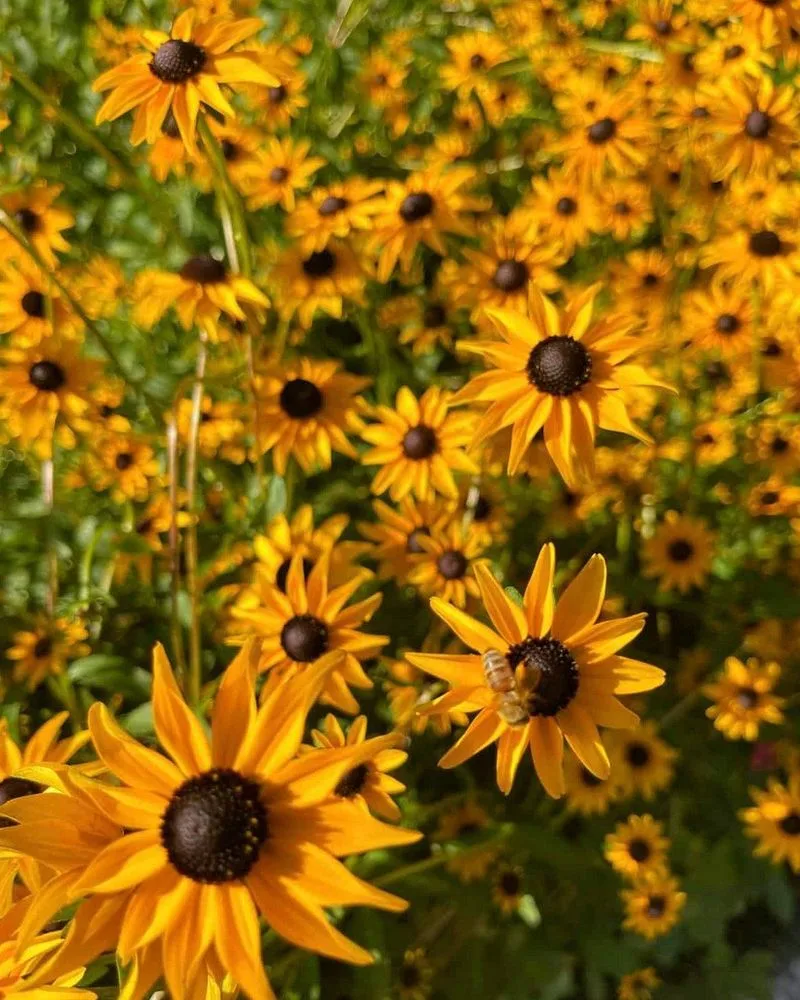
With its sunny disposition, the black-eyed Susan brightens any landscape it graces. Known for its drought and flood tolerance, it adapts effortlessly to changing weather patterns. The cheerful yellow blooms attract pollinators, providing a vibrant habitat for bees and butterflies. As a North American native, this flower has been a beloved staple in gardens for generations. Its easy-going nature and brilliant blossoms continue to captivate, offering both aesthetic charm and ecological benefits.
Blue Flag Iris
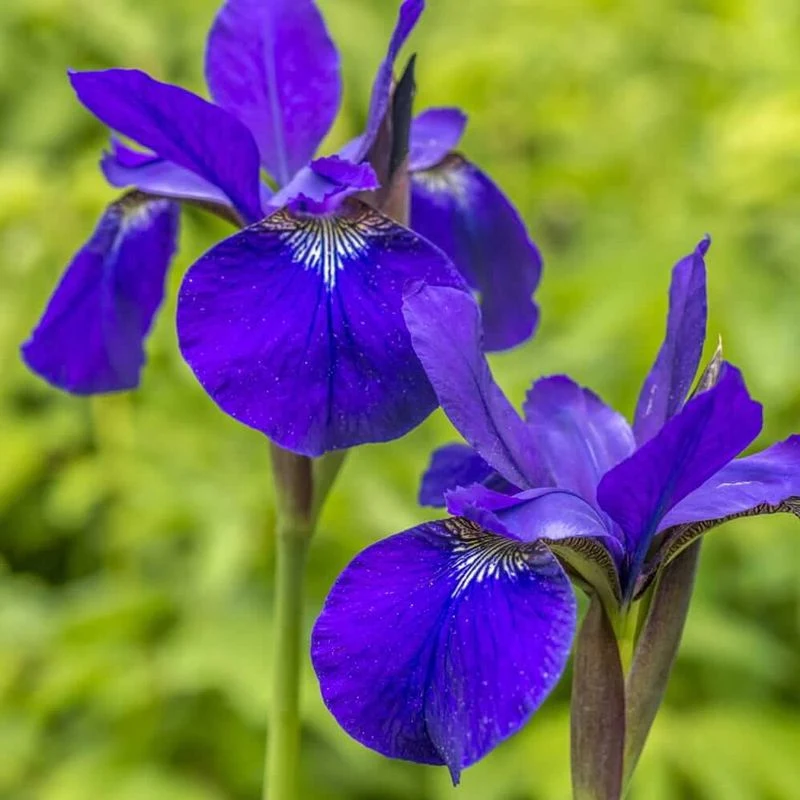
The elegance of the blue flag iris is undeniable, with its royal blue petals that flourish beautifully by water’s edge. This iris thrives in both wet and dry conditions, displaying remarkable adaptability. Its vibrant hue invites admiration and adds a touch of regal beauty to any garden. More than just a pretty face, its roots play a crucial role in water purification, making it a valuable ecological asset. Originating from North American wetlands, it carries the charm of its native habitat wherever it’s planted.
Little Bluestem

Little Bluestem, with its characteristic blue-green tufts, commands attention in any landscape. This grass is celebrated for its hardiness, withstanding harsh sun and heavy rains alike. Its foliage transitions beautifully through the seasons, from a cool blue in spring to a fiery bronze come fall. As a native prairie grass, it supports local wildlife, providing habitat and food sources. Little Bluestem’s dynamic presence and environmental contributions make it a garden favorite for those seeking resilience and beauty.
Buttonbush
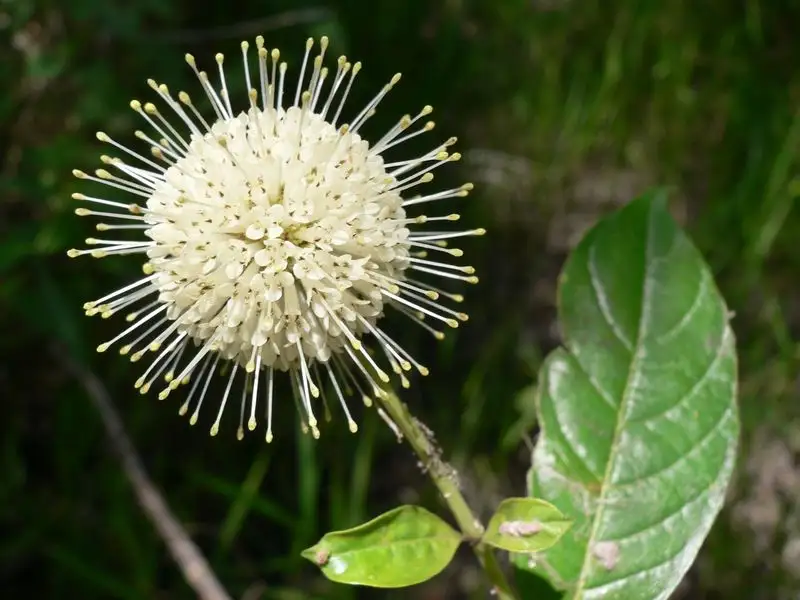
Round, white blossoms resembling pin cushions define the buttonbush’s unique charm. Thriving in wet environments, it surprises with its drought tolerance, making it a versatile addition to gardens. The buttonbush provides essential food and habitat for wildlife, attracting birds and pollinators. Its presence near water bodies enhances the ecosystem, contributing to biodiversity. This plant’s ability to support and sustain life while offering visual appeal speaks to its enduring allure.
New England Aster
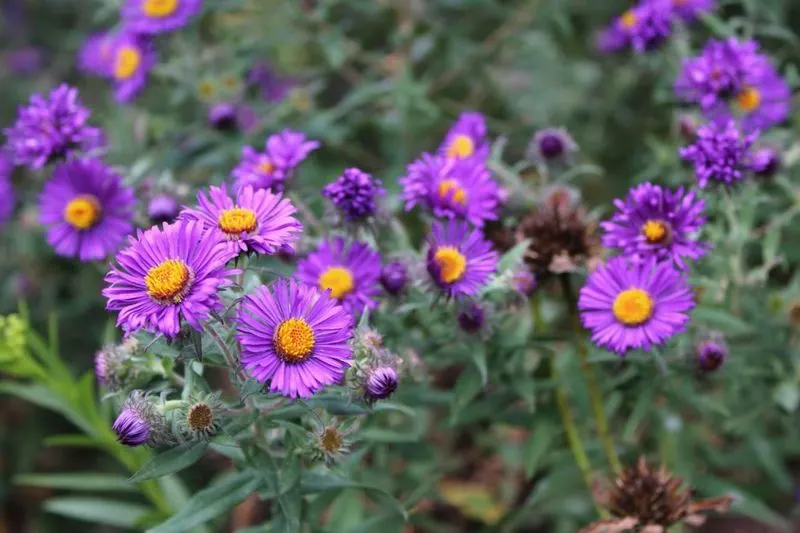
New England Aster, with its vibrant purple blooms, stands out in any garden setting. Known for its resilience, this aster thrives in both drought-prone and waterlogged environments. The blooms attract a plethora of pollinators, offering a nectar-rich feast for bees and butterflies. As a native plant, it seamlessly integrates into local ecosystems, supporting biodiversity. The New England Aster’s adaptability and vibrant display make it a cherished plant for those seeking both beauty and ecological benefits.
Cardinal Flower
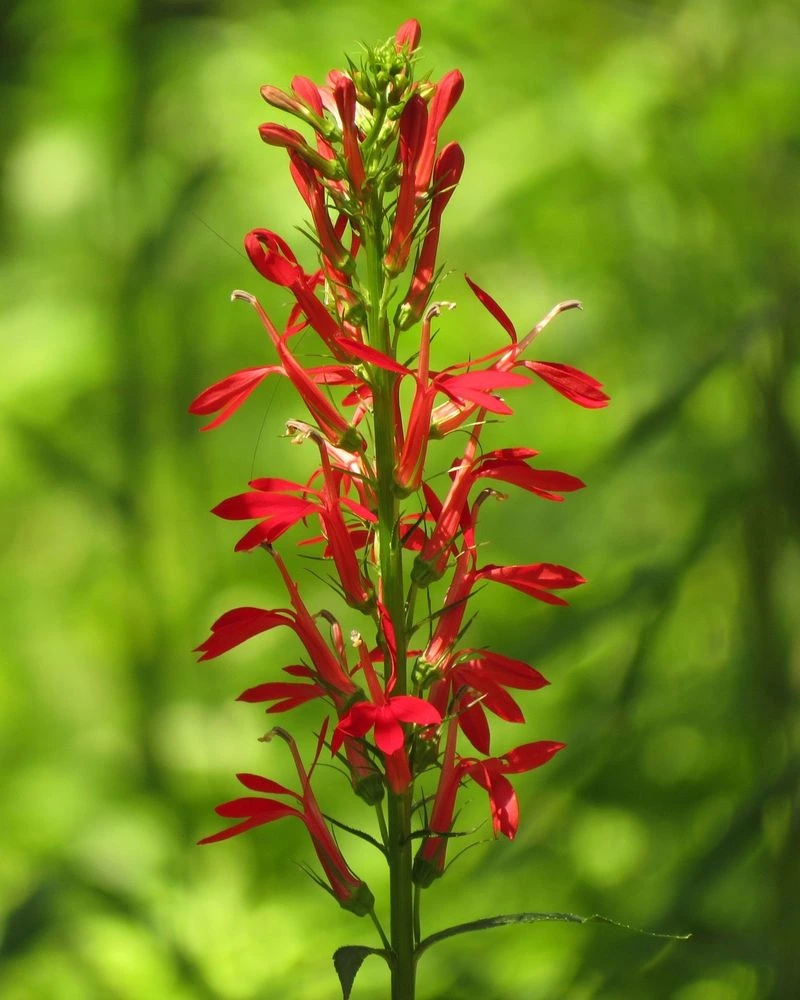
The cardinal flower’s bright red blossoms are a beacon for hummingbirds, adding vibrant energy to any garden. This plant thrives in moist conditions but surprises with its adaptability to dry spells. Its striking color and ability to support pollinator life make it invaluable in ecological gardens. Native to North America, it carries the legacy of its natural habitat, connecting gardens to the vibrant ecosystems of wetlands and woodlands. The cardinal flower’s bold presence and ecological contributions are hard to overlook.
Wild Bergamot
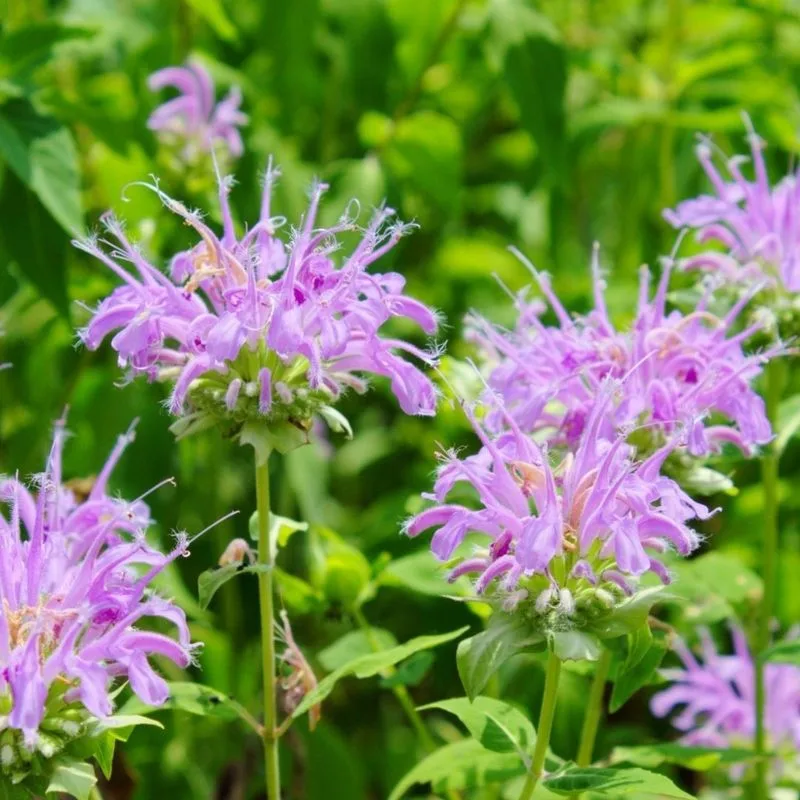
Wild Bergamot, also known as bee balm, dazzles with its light purple blooms that invite pollinators by the dozen. Renowned for its aromatic foliage and resilience, this plant flourishes in both dry and wet conditions. Its leaves, steeped for herbal teas, add to its multifaceted appeal. As a native plant, it integrates smoothly into local ecosystems, providing crucial support for pollinators. The harmonious blend of fragrance, beauty, and ecological value makes Wild Bergamot a favored choice among gardeners.
Joe Pye Weed
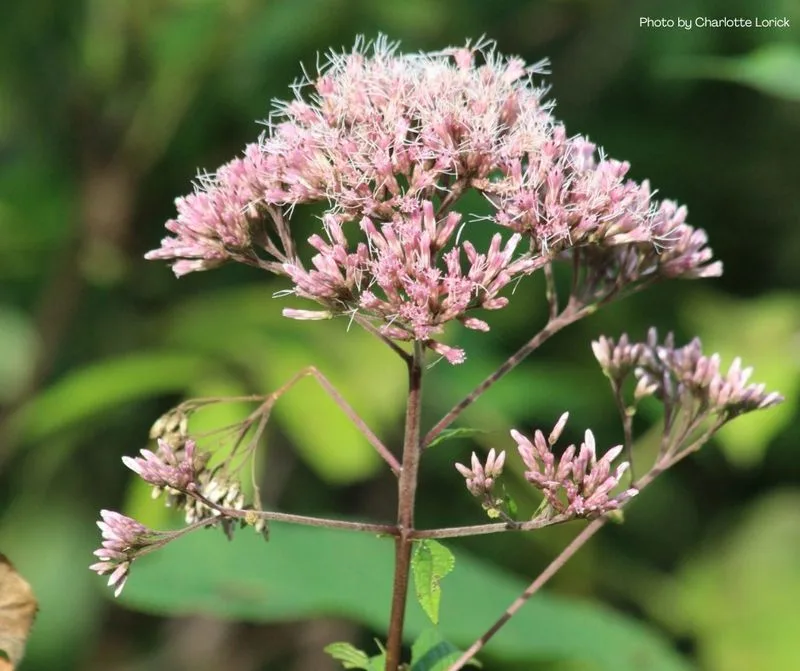
With towering stems and clusters of pinkish-purple flowers, Joe Pye Weed is a standout in any natural landscape. This plant’s ability to endure both drought and flood conditions makes it an invaluable addition for gardeners seeking resilience. Its blooms attract a wide array of pollinators, supporting biodiversity and ecological health. Named after a Native American herbalist, it carries a rich history, adding cultural depth to its visual appeal. Joe Pye Weed’s blend of beauty, resilience, and historical significance captivates many hearts.
Sneezeweed
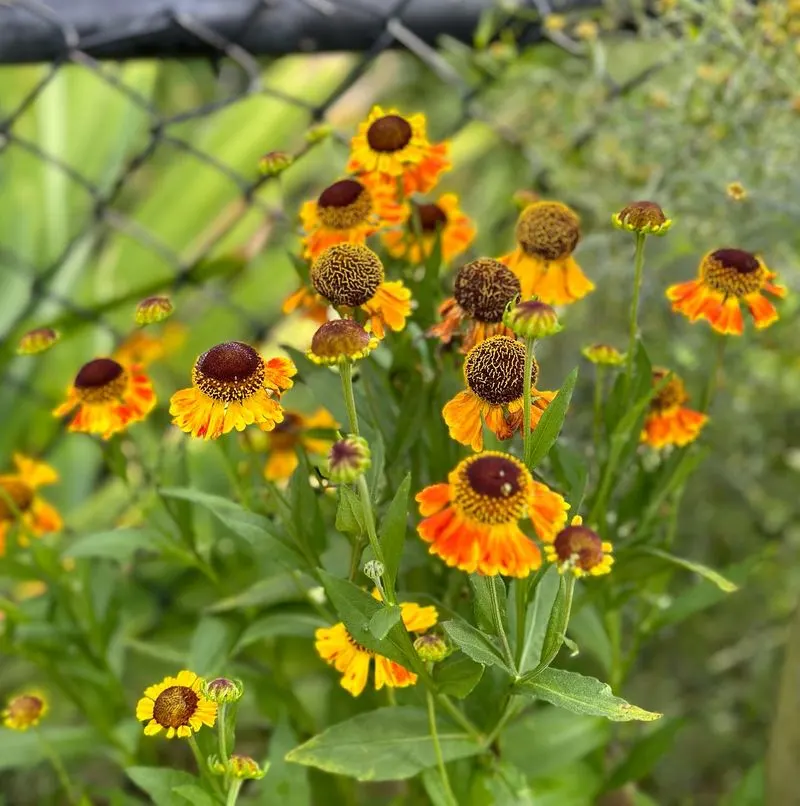
Sneezeweed, with its vibrant yellow and orange flowers, brings warmth and cheer to gardens. Despite its delicate appearance, it’s highly resilient, tolerating both drought and waterlogged conditions with ease. Its blooms are not only visually appealing but also attract bees and butterflies, supporting pollinators. Historically used for medicinal purposes, sneezeweed adds a touch of tradition to modern gardens. Its ability to thrive across various environments and its lively colors make it a favorite among garden enthusiasts.
Common Milkweed
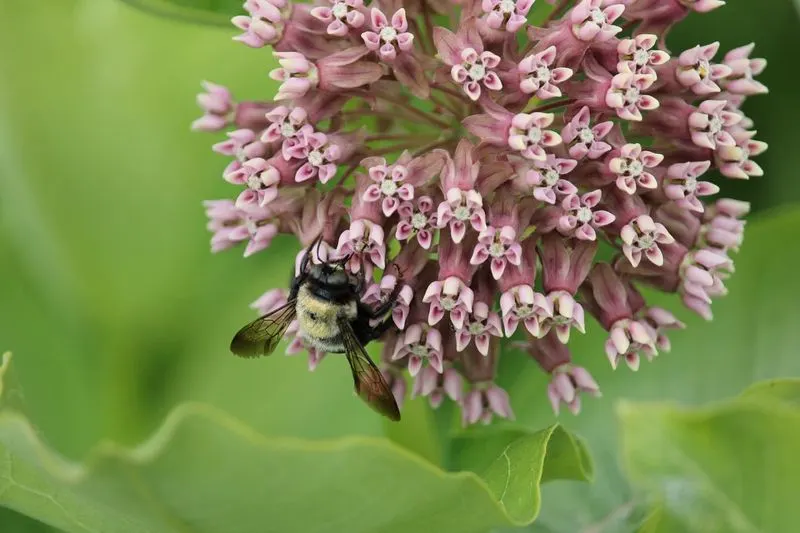
Common Milkweed, with its clusters of fragrant pink flowers, is a vital plant for monarch butterflies. This native perennial is celebrated for its hardiness, thriving in both dry conditions and wet soils. Its presence in a garden not only adds visual interest but also supports vital pollinator pathways. With a history tied to Native American cultures, milkweed carries cultural significance alongside its ecological role. The combination of beauty, resilience, and importance to pollinators earns it a special place in gardens.
Red Osier Dogwood
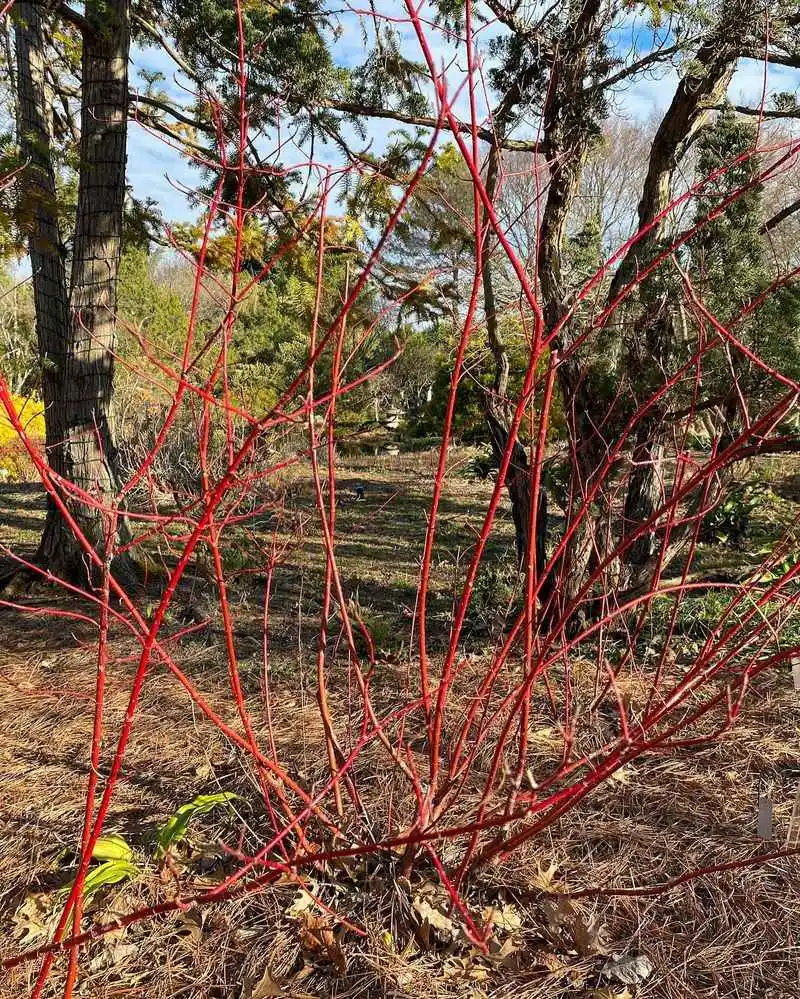
The Red Osier Dogwood’s vibrant red stems stand out, especially against a winter’s backdrop. Known for its ability to thrive in wetland areas, it also shows remarkable tolerance to dry spells. Its berries provide food for wildlife, while its roots help prevent soil erosion, making it ecologically significant. The striking appearance of this native shrub adds interest throughout the seasons, from its spring blossoms to its colorful winter stems. Its resilience and beauty ensure its place in both natural and cultivated landscapes.

